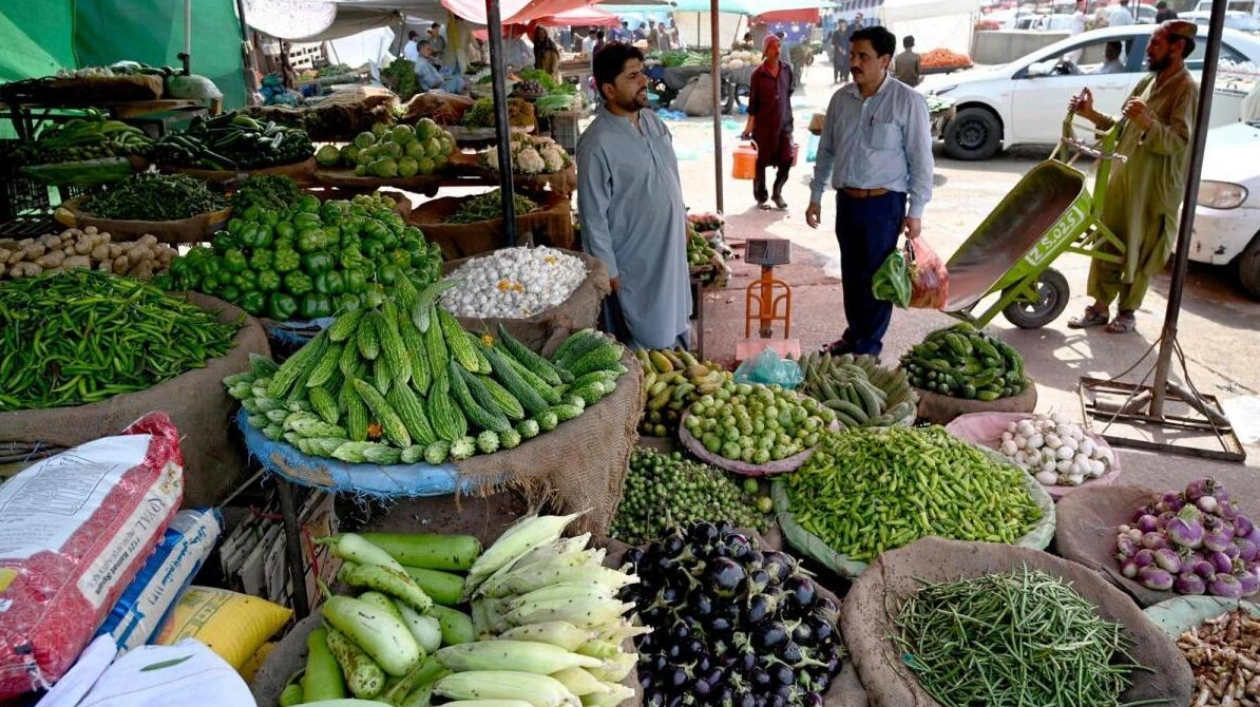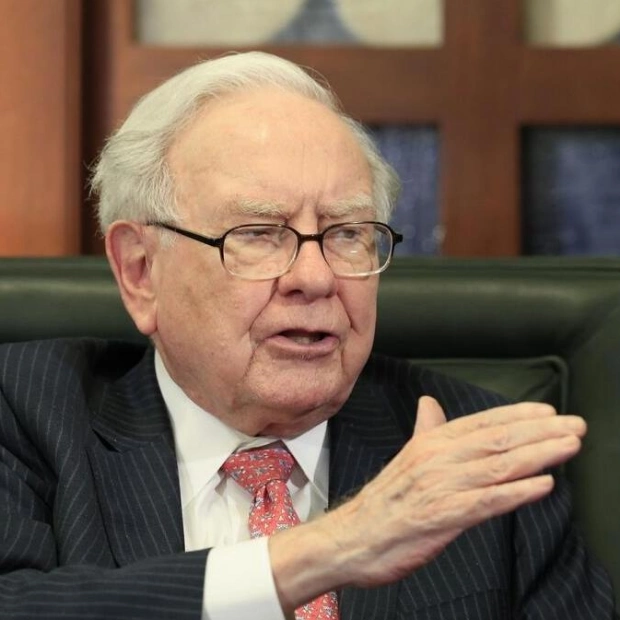Pakistan's central bank slashed its key policy rate by 200 basis points to 17.5 percent on Thursday, marking the third consecutive reduction since June as the country seeks to boost growth amid easing inflation. Most analysts in a Reuters poll had anticipated a 150 basis point cut by the bank's Monetary Policy Committee (MPC) after inflation dropped to single digits in August for the first time in nearly three years.
"The pace of this disinflation has somewhat exceeded the Committee's earlier expectations," the State Bank of Pakistan stated in a monetary policy release, attributing the trend to delays in planned energy price hikes and declining global oil and food prices. Thursday's decision follows previous cuts of 150 basis points in June and 100 basis points in July, reducing the rate from an all-time high of 22 percent set in June 2023.
Pakistan's annual consumer price inflation rate decelerated to 9.6 percent in August, down from a multi-decade peak of nearly 40 percent in May 2023. The MPC assessed that the real interest rate remains sufficiently positive to drive inflation towards the medium-term target of 5–7 percent and maintain macroeconomic stability, crucial for sustainable economic growth.
The bank also suggested that average inflation for the fiscal year ending mid-2025 could dip below the earlier forecast range of 11.5–13.5 percent. Economic indicators have stabilized since last summer when Pakistan narrowly avoided default thanks to an IMF bailout. However, concerns have resurfaced as the IMF board has yet to approve a staff-level agreement from June for a new $7 billion, three-year program, which includes demands for increased external financing.
The central bank's forecasts are partly dependent on timely foreign inflows and continued fiscal discipline by the government. Initially expecting board approval in August, the government later anticipated September, though the issue remains unscheduled. Despite this, Governor Jameel Ahmad assured analysts that external financing requirements have been met and anticipates IMF board approval in September, forecasting foreign exchange reserves to rise above $12 billion by March from the current $9.5 billion.






